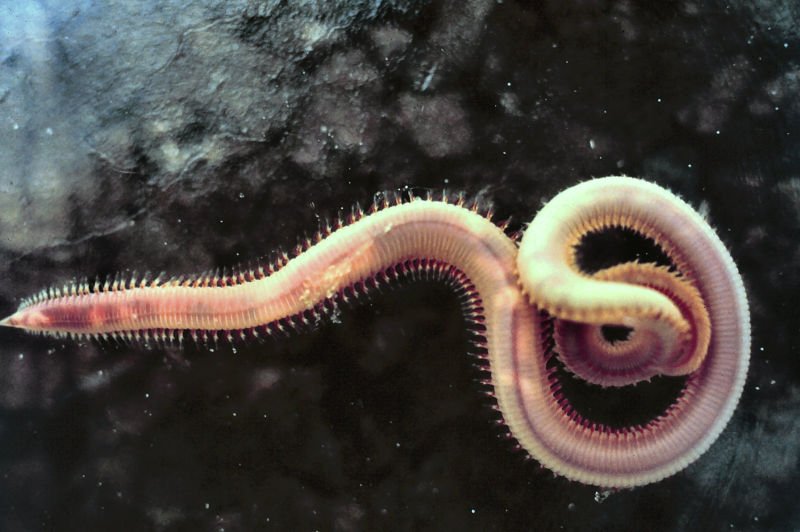After having written this page I have come to understand that December is a key month on Easter Island, because that is what the story about Ure Honu definitely tells us. A new 'year' is beginning, with a preceding vero period. Beyond midsummer it grows darker, it is not necessary to wait until autumn equinox to see that.
The 'cosmic tree' which raises the sky roof up to let in light has reached its maximum growth at midsummer. When we read about this season in G and K we must keep the perspective in mind:
| 7 |  |
|||
| Ga4-1 | Ga4-2 | Ga4-3 | Ga4-4 | |
 |
- | - |  |
|
| Ka4-16 | Ka5-1 | |||
| 8 |  |
 |
||
| Ga4-5 | Ga4-6 | |||
 |
 |
|||
| Ka5-2 | Ka5-3 | |||
| 8 |  |
 |
||
| Ga4-7 | Ga4-8 | |||
 |
 |
|||
| Ka5-4 | Ka5-5 |
This triplet of periods are located immediately before the turnover:
| G | period no. | number of glyphs | ||
|
1, 2, 3 |
8 + 4 + 7 = 19 |
35 |
19 |
|
|
4, 5, 6 |
3 + 2 + 3 = 8 |
27 |
||
|
7, 8, 9 |
4 + 2 + 2 = 8 |
35 |
||
|
10, 11, 12 |
2 + 3 + 2 = 7 |
35 |
42 |
|
|
13, 14, 15 |
4 + 3 + 5 = 12 |
54 |
||
|
16, 17, 18 |
3 + 6 + 7 = 16 |
70 |
||
| K | period no. | number of glyphs | ||
| 1, 2, 3 | 7 + 3 + 4 = 14 | 28 | 14 | |
| 4, 5, 6 | 3 + 2 + 3 = 8 | 22 | ||
| 7, 8, 9 | 2 + 2 + 2 = 6 | 28 | ||
| 10, 11, 12 | 2 + 3 + 2 = 7 | *28 | 35 | |
| 13, 14, 15 | 3 + 2 + 3 = 8 | 43 | ||
| 16 | *13 | *56 | ||
Is it because of the increasing heat that in Ga4-7 the 'droplets' are missing:
|
Ko Koró (December) |
|
Because of the increasing heat, work ceases in the fields. Time for fishing, recreation, and festivities. The new houses are occupied (reason for the festivities). Like the previous month, a good time for surfing (ngaru) on the beach of Hangaroa O Tai. |
 |
 |
| Ga4-7 | Ga4-8 |
 |
 |
| Ka5-4 | Ka5-5 |
The 12 'twigs' in Ga4-7 probably refer to the 12 'months' in a 'year', while the 4 droplets in Ka5-4 probably refer to the 4 'quarters' in a 'year'.
In Ka5-4 we see how the 'solar limb', as drawn with two of the toes, generates hua poporo. In Ga4-7, on the other hand, the 'lunar limb' generates another kind of growth.
